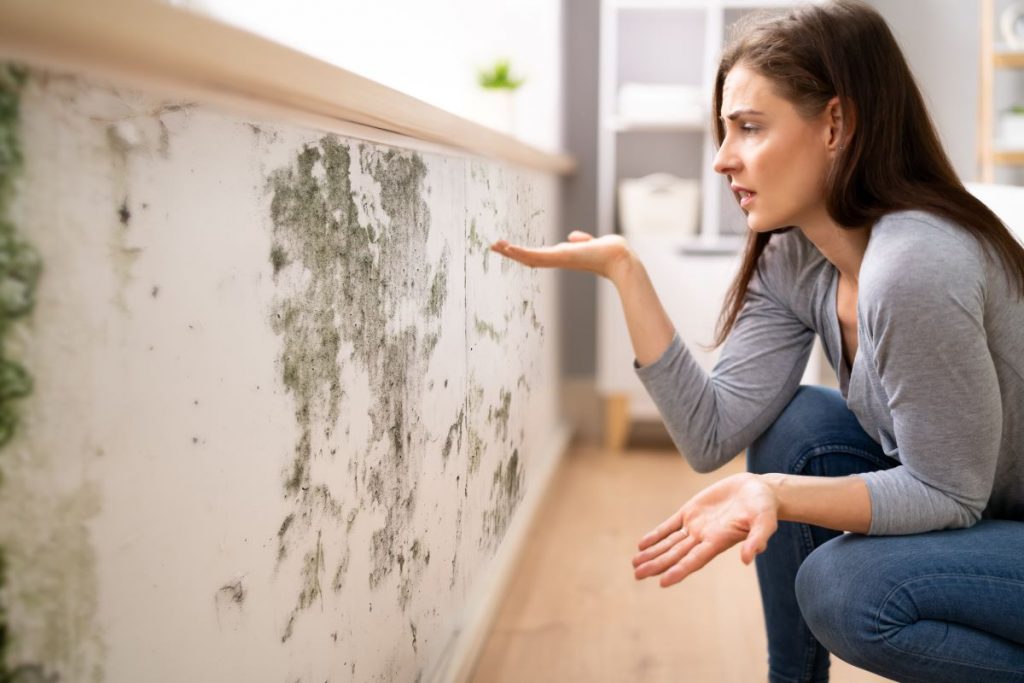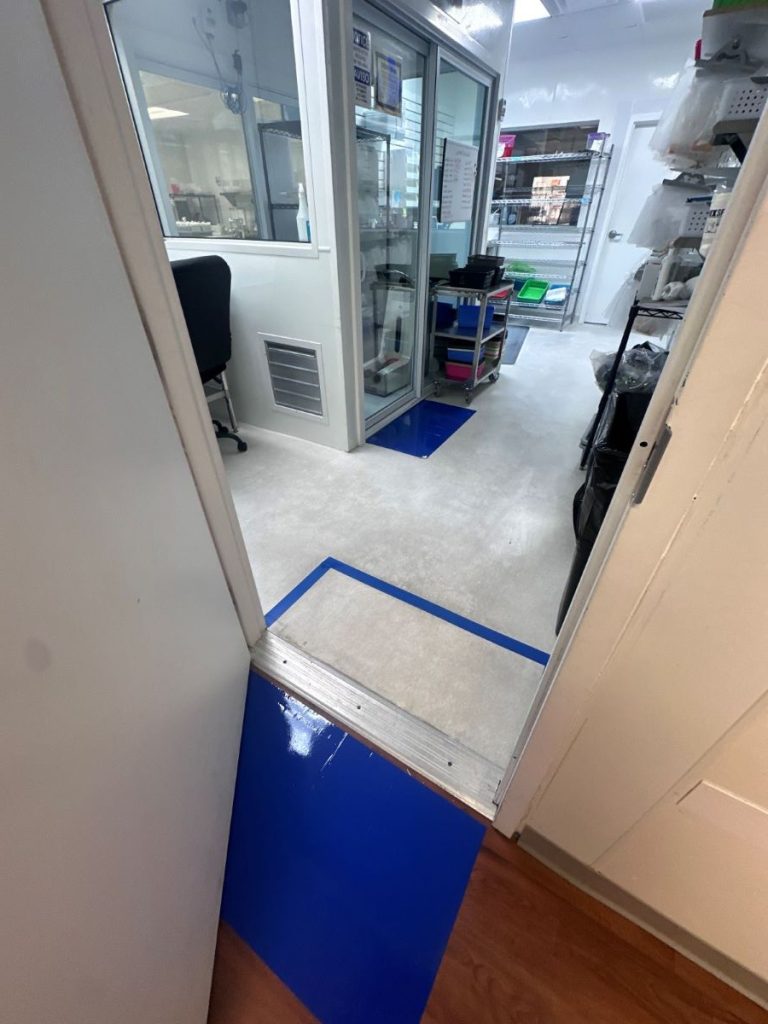When venturing into purchasing a home, the anticipation of finding the perfect abode fills the air with excitement. Yet, lurking beneath the surface, you can be purchasing a house with mold. While often concealed, the presence of mold in a prospective home can unravel a series of concerns, impacting not only the health of the inhabitants but also the financial aspects of the purchase. In this article, we’ll guide you through the intricacies of identifying, understanding, and addressing purchasing a house with mold.

Understanding Mold in Residential Properties
Mold is a natural part of the environment, playing a crucial role in breaking down organic matter. However, when it takes residence indoors, it becomes a concern. Mold thrives in moist, warm environments, and its spores can proliferate within 24 to 48 hours under suitable conditions. This rapid growth can lead to infestations that remain hidden until they become substantial enough to cause noticeable issues.
The Risks of Purchasing a House with Mold
Health Implications: Mold exposure, particularly over prolonged periods, can lead to a range of health issues, from mild allergic reactions to serious respiratory conditions. Vulnerable individuals, such as children, the elderly, and those with pre-existing health conditions, are at greater risk.
Structural Damage: Beyond health risks, mold can cause significant damage to a property’s structure. It feeds on organic materials like wood and drywall, leading to deterioration that can compromise the integrity of a home.
Financial Considerations: Remediation costs can be substantial, depending on the extent of the mold issue. Additionally, mold presence can affect a property’s value and may influence mortgage terms or insurance premiums.

How to Approach a Home Purchase with Mold
1. Detection: A thorough home inspection is crucial, but it’s wise to hire a mold inspection specialist who can uncover hidden mold and assess the extent of the problem.
2. Evaluation: Understand the type of mold present and the potential costs for remediation. This information can be a significant factor in negotiating the home price or deciding whether to proceed with the purchase.
3. Remediation: If you decide to buy a home with mold, professional remediation is essential. Attempting to address mold issues without expert help can lead to incomplete removal and potential health risks.
4. Prevention: Once the mold is removed, preventing its return is key. This might involve addressing underlying issues such as leaks, humidity, or poor ventilation.
5. Negotiation: Use the presence of mold as a negotiating tool. You can request that the seller address the mold issue before purchase or negotiate a lower price to accommodate the cost of remediation.
6. Consultation: Engage with professionals, including real estate agents familiar with mold issues, legal advisors, and mold remediation experts like PuroClean, to ensure that all aspects of the mold issue are thoroughly addressed.
PuroClean: Your Partner in Mold Remediation
If you’re facing mold issues in a potential home purchase, PuroClean is here to assist. Our team of experts specializes in identifying, containing, and removing mold, restoring properties to safe, healthy environments. With a focus on thoroughness and efficiency, we ensure that mold is addressed comprehensively, safeguarding the health of your family and the value of your property.
In conclusion, while finding mold in your prospective home can be disheartening, it doesn’t have to be a deal-breaker. With the right approach and professional assistance, you can address the issue effectively, making an informed decision that protects your health, investment, and peace of mind.




 PuroClean of New Port Richey
PuroClean of New Port Richey